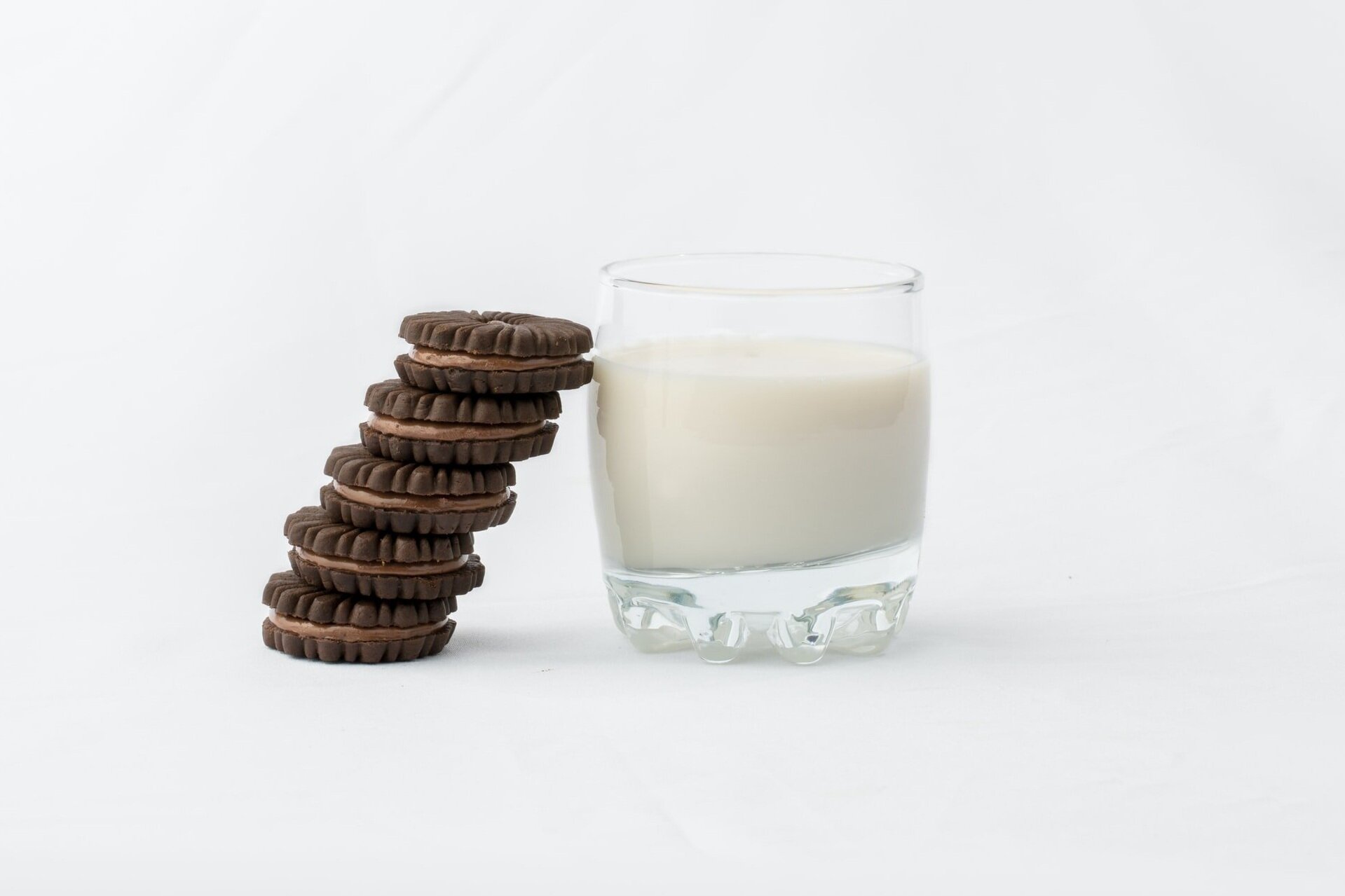Tips & tricks to get stains out of wool
Photo: The Woolmark Company, www.woolmark.com
We have all accidentally spilled something down ourselves, but did you know that if you do, and you’re wearing wool then it might not be as bad as you think? This is because wool is naturally resistant to stains. So, whilst at first sight your stain may not look so good, with a little bit of care and attention it could easily disappear.
So how do you get rid of stains from wool? We’re sure there are many age-old tricks out there that have been passed down through the generations – some work and some aren’t always that reliable. To sort the good from the bad, we recommend following these Woolmark-approved handy tips for removing stains from your favourite wool clothing.
Oily or greasy stains
1. Remove any excess oils from the surface of the wool by using a spoon or blunt knife to scrape off the excess if it has solidified.
2. Soak up any further excess oils by placing layers of tissue on your wool and run a hot iron over it.
3. If needed, soak a lint-free cloth in grease remover or white spirit. Dab the stain gently from the edges in. Repeat as necessary, then allow to dry.
4. Wash following the care instructions using a Woolmark-approved detergent.
Lipstick, makeup or shoe polish stains
1. Using a lint-free cloth soaked in white spirit or spot-cleaning spray, dab gently from the edge of the stain inwards.
2. Press gently with another lint-free absorbent cloth or towel to soak up any excess solvent then allow to dry.
3. Wash following the care instructions using a Woolmark-approved detergent.
Coffee, tea, milk, and chocolate stains
1. Using a lint-free cloth soaked in detergent diluted in tepid water, dab gently from the edge of the stain inwards. Gently blot excess liquid with another clean lint-free absorbent cloth or towel.
2. If an oily stain is still visible after drying, soak another lint-free cloth in white spirit and dab gently from the edge of the stain again. Press gently with the clean lint-free absorbent cloth or towel to soak up excess solvent then allow to dry.
3. Wash following the care instructions using a Woolmark-approved detergent.
Black coffee stains
1. Rinse the stain under cold running water immediately to dilute the coffee.
2. If the stain has dried, mix of ½ teaspoon of baking soda with 1 cup tepid water and gently dab the stain from the edge inwards using a lint-free cloth. Remove any excess liquid by blotting with another clean lint-free cloth.
3. If the stain is still visible, create a mixture of 3 parts surgical spirit or rubbing alcohol, plus 1 part of cold water and dab the stain with the mixture from the edges inwards again. Remove excess liquid by blotting with the clean lint-free cloth.
4. Wash following the care instructions using a Woolmark-approved detergent.
Egg or milk stains
1. Mix ½ a teaspoon of salt into one cup of tepid water. Using a lint-free cloth dab the stain with the solution from the edges in. Rinse well and blot up any excess water with a clean lint-free cloth.
2. If the stain is still visible, add one teaspoon of biological detergent to one cup of warm water and apply this solution to the stain with the lint-free cloth, dabbing from the edges inwards. Leave it for 15 minutes then rinse thoroughly with clean water
3. Repeat with a lint-free cloth soaked in diluted white vinegar to neutralise the biological detergent.
4. Wash following the care instructions using a Woolmark-approved detergent.
Fruit juice or red wine stains
1. Rinse the affected area with clean water to dilute the stain as much as possible.
2. Apply a diluted solution of detergent in tepid water to the stain, dabbing from the edges inwards.
2. If the stain is still visible, create a mixture of 3 parts surgical spirit or rubbing alcohol, plus 1 part of cold water and dab the stain with the mixture. Remove excess liquid by blotting with a lint-free cloth.
3. Rinse well, then wash following the care instructions using a Woolmark-approved detergent.
Alcoholic drink stains
1. Gently dab the stain from the edges inwards using a lint-free cloth to remove as much excess liquid as possible.
2. Using a mixture of equal parts warm water and surgical spirit or rubbing alcohol, gently dab the stain from the edges inwards again.
3. Rinse thoroughly then wash following the care instructions using a Woolmark-approved detergent.
Blood stains
1. Remove excess blood immediately with a lint-free absorbent towel.
2. Using a lint-free cloth soaked in undiluted white vinegar, gently dab the stain from the edges inwards using undiluted white vinegar. Follow this with cold water.
3. Wash following the care instructions using a Woolmark-approved detergent
Grass stains
1. Gently apply some mild tablet soap to the stained area.
2. Using a lint-free cloth soaked in surgical spirit or rubbing alcohol, dab gently from the edge of the stain inwards.
3. Wash following the care instructions using a Woolmark-approved detergent.
Ink or ballpoint pen stains
1. For ball-point pen stains, using a lint-free cloth soaked in surgical spirit or rubbing alcohol, dab gently from the edge of the stain. Press gently with another lint-free absorbent cloth or towel and soak up excess solvent. Do not allow to dry.
2. For water-based writing ink (pens which aren’t ball-point), using a lint-free cloth soaked in a diluted Woolmark-approved detergent solution, dab gently from the edge of the stain. Press gently with another lint-free absorbent cloth or towel to soak up excess liquid. Do not allow to dry.
3. Wash following the care instructions using a Woolmark-approved detergent.
Quick tips:
Wherever possible, pre-test any treatment in an unseen area to check for any changes in the wool such as loss of colour.
Always blot any excess spills quickly using a regular white tissue or an absorbent towel.
Remove excess solid stains with a blunt knife or spoon first before tacking the stain.
Do not rub stains with clean tissues or towels. Work carefully to release a stain from the edge to centre by dabbing and blotting.
Oily or greasy stains are best treated with solvents first and allowed to fully evaporate before using any water-based treatments.
If the stain removal solution is not properly removed before drying it could leave a coloured ring. To avoid this, water-based treatments must be thoroughly rinsed out of the fabric before following the care instructions to wash using a Woolmark-approved detergent.
If your wool care label says it can be dry cleaned follow those instructions but clearly let the dry cleaner know what the stain is and what you have already tried to remove it.











